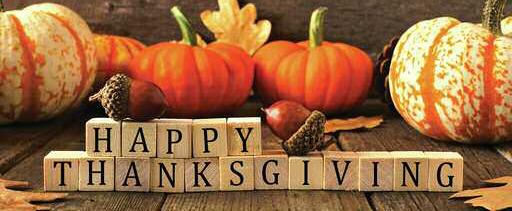In September 1620, a small ship called the Mayflower left Plymouth, England, carrying 102 passengers. After 66 days they dropped anchor near the tip of Cape Cod, further north of their intended destination, at the mouth of the Hudson River.
One month later the Mayflower crossed Massachusetts Bay, where they began establishing a village. Throughout the first brutal winter, most of the colonists stayed inside the ship. They suffered from exposure, scurvy, and outbreaks of contagious diseases. Only half of the Mayflowers original passengers and crew lived to see spring. In March the remaining settlers moved ashore, where they received a visit from a member of the Abenaki tribe who greeted them in English.
Several days later, the member of the Abenaki tribe returned with another Native American, Squanto, a member of the Pawtuxet tribe. He had been kidnapped by an English sea captain, sold into slavery, and escaped on an exploratory expedition. Squanto taught the Pilgrims how to cultivate corn, extract sap from maple trees, catch fish from rivers, and avoid poisonous plants. He also helped the settlers forge an alliance with the Wampanoag, a local tribe, which endured for more than 50 years and remains one of the sole examples of harmony between European colonists and the Native Americans. In November 1621, after the pilgrims first corn harvest proved successful, governor William Bradford organized a celebratory feast and invited many. The first thanksgiving festival lasted three days.
Although there are no records of the menu Edward Winslow wrote, “Our harvest being gotten in, our governor sent four men fowling, that so we might after a special manner rejoice together, after we had gathered fruits of our labors; they four in one day killed as much fowl, as with a little help beside, served the company almost a week, at which the time amongst other recreations, we exercise our arms, many of the Indians coming amongst us, and amongst the rest their greatest king Massasoit, with some ninety men, who, got three days we entertained and feasted, and they went into and killed five deer, which they brought to the plantation and bestowed on our governor, and upon the captain and others. And although it be not always so plentiful, as it was this time with us, yet by the goodness of God, we often wish you partakers of our plenty.” The pilgrims held their second thanksgiving celebration in 1623 to mark the end of a drought that had threatened the year’s harvest and prompted Governor Bradford to call for a religious fast. Days of fasting and thanksgiving on an annual or occasional basis became a common practice in other New England settlements as well.
The pilgrims were thankful for surviving diseases, droughts, and help from their friend Squanto. A few things I am grateful for is family, animals, shelter, education, books, and especially this country.

